Perhaps to say that SEAT does not produce cars is a strong statement. Of course, I am aware of that, but it is also partly true.
Yes, because in Barcelona there are two places where the Spanish brand does not sell cars: inside the multipurpose center SEAT house and the development center SEAT:CODE. I went to visit them for you and I’ll tell you how it went.
In the heart of Barcelona: Casa SEAT and SEAT: CODE
To talk about these two places, we must first take a very small step back because their existence is closely linked to the structure and history of Barcelona.
Seat House is located in the heart of the city, at the intersection of Passeig de Gracia (a fashionable street where many of the masterpieces of the master Gaudì stand out) and the very long one diagonal avenue. But why here?
Because the diagonal is one of the elements that characterize this city. To explain why I have to bother him: Ildefonso Cerdá Suñer.
- Ildefonso Cerdá Suñer
Ildefonso Cerdá Suñer he is the engineer who was responsible for totally redesigning Barcelona in the second half of the 19th century. Ildefonso decided to adopt a very precise scheme, organizing the urban grid orthogonally – with buildings with rounded corners on all four sides – with the exception of two diagonal streets. One of these is the Avenida Diagonal which literally cuts the city of Barcelona in two.
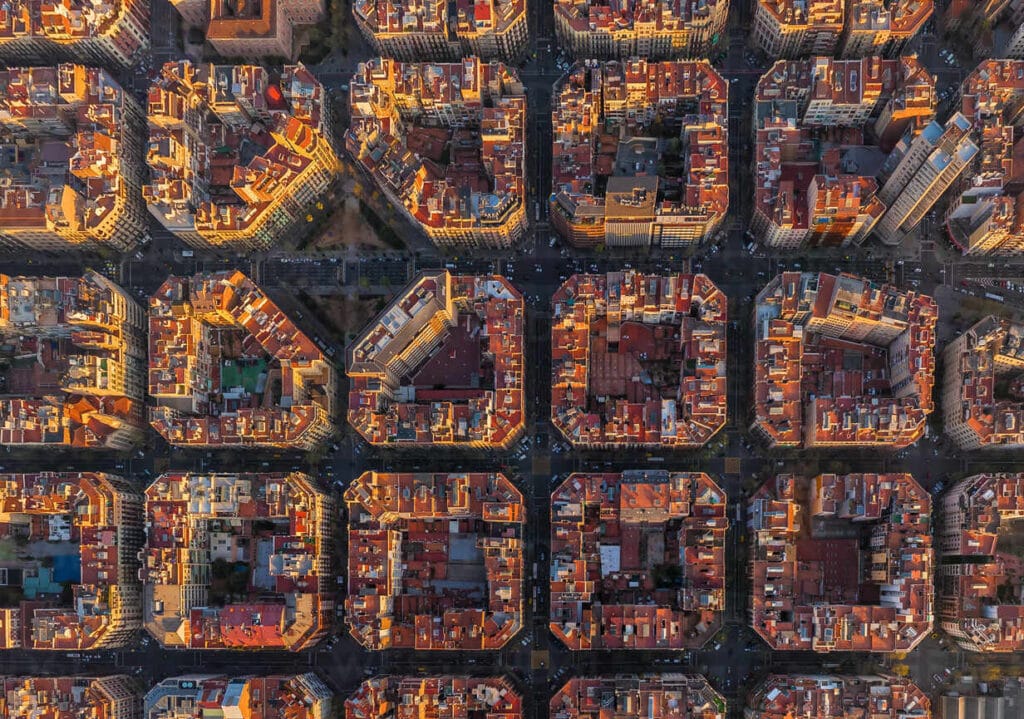 Barcelona from above
Barcelona from above
The city, however, continues to evolve. In fact, in recent years the urban planner and psychologist Salvador Rueda has worked on the creation of superblocksthat is, blocks where cars are practically banned and allow you to fully experience the streets of Barcelona, with all due respect to motorists (not really happy with the infinite one-way streets).
All this, however, pays off Barcelona a unique city of its kind, a technology huba laboratory where many companies come and experiment with sustainable mobility solutions to be exported to the rest of the world.
SEAT house: everyone is welcome
SEAT house is a multifunctional space divided over several floors that opened its doors in June 2020. Here we want to promote urban culture but above all the intent is to create a meeting point between the brand and the inhabitants of the city. For this reason, book presentations, round tables and cultural events of all kinds are held within the 2600 square meters.
Casa SEAT also has an eye towards design and it was the director of the structure, the Italian Gabriele Palma, who explained it to us, an enthusiastic manager of his structure and whose eyes sparkle as he tells us about it.
“Play with space as if it were yours”. This is the maxim that interior designer Lázaro Rosa-Violán, who designed the CASA SEAT spaces, wishes to convey. A welcoming space that shows SEAT’s bond with Barcelona and the distinctive values that distinguish it as an open, modern, creative and inspiring city.
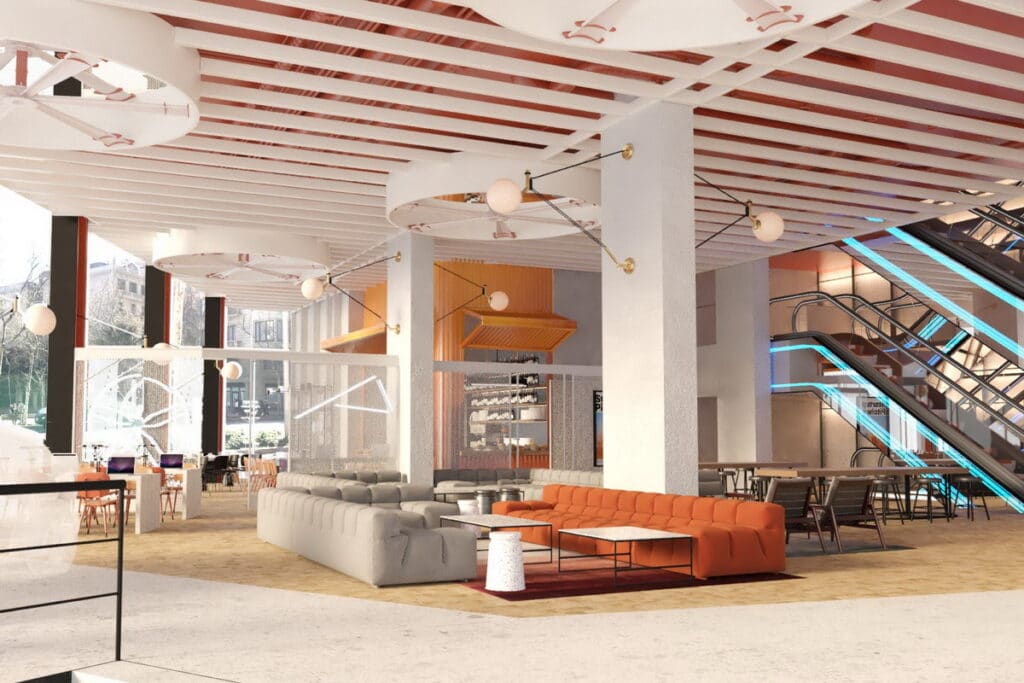
Lázaro Rosa-Violán and his studio conceived the interiors in a wide and lively color palette, in which brick, light green and light blue predominate, all saturated, to make the space dynamic and welcoming. Saturation also makes it possible to accentuate the quality of the materials used, arriving from local suppliers. Among these stands out the micro concrete, used in different textures on the four floors and combined with some wooden elements that give CASA SEAT a modern and, at the same time, welcoming character.
It is worth noting that the real protagonist of the space is light. On the one hand, the light of Barcelona stands out, filtered by the large crystal facade, equipped with a system of motorized shutters that makes CASA SEAT a sustainable building thanks to the reduction of the need for refrigeration; on the other hand, the light inside its spaces stands out, carefully worked in indirect bathrooms using designer lamps and antiques to create a warm and welcoming atmosphere. The light of Barcelona and the interior coexist with singular elements such as stools with springs and / or murals – whether they are decorative or related in some way with mechanics and movement – creating a connection between the space and the sector. automotive.
Everyone is welcome at Casa SEAT: the space is in fact open and admission is free to all. You can go for a coffee at the bar, work in the co-working spaces or just go and relax on the sofas available.
Also rest assured, no one here will try to sell you anything.
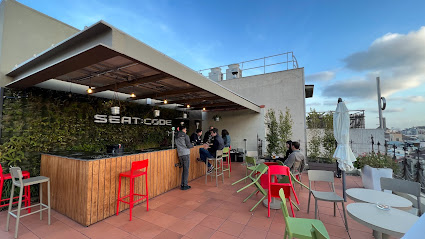 SEAT: CODE outdoor terrace overlooking the legendary Rambla of Barcelona
SEAT: CODE outdoor terrace overlooking the legendary Rambla of Barcelona
SEAT:CODE
From Casa SEAT we have decided to reach the next stop, the offices of SEAT:CODEusing the best way to visit Barcelona: the electric scooter.
The SEAT: CODE headquarters building is shared with FC Barcelona. It is spread over several floors and at the top it has a magnificent terrace with a 360 ° view over the city of Barcelona. Our tour started at 6pm… time when the employees were having an aperitif before returning to their homes.
We had the opportunity to roam freely and move through the beautiful work environments: large desks, genederless bathrooms, and a kitchen area equipped with all comforts (with even refrigerators full of freely consumable drinks).
SEAT:CODE was born in 2020 and currently has more than 200 professionals of 16 nationalities, mainly IT engineers, data scientists, mobility experts and UX / UI designers. Together with the company’s production department, he developed a system of predictive maintenance able to predict possible accidents in the robot on his line.
The strength of this division of the company? Being able to experiment on “itself” before selling its services to customers.
The first experimental pole was theMartorell manufacturing facility, not far from Barcelona. About 150 thousand people work here and they have to constantly move within the production spaces. Through the development of the proprietary platform – called Turn around – SEAT employees can move between the various company locations more efficiently using the car sharing and mobility services offered.
Giravolta allows you to manage in a simple but above all digital way vehicle fleets and is designed to offer connected and electric mobility to companies and cities.
Inside SEAT: CODE, engineers study the various means of electric mobility (bikes, scooters and scooters) and integrate their IOT protocols to the Giravolta platform (on behalf of customers).
More than 3,200 vehicles including cars, scooters, scooters and bicycles and over 120,000 users: these are the numbers of Giravolta… now available in six European countries. The goal is to reach 10,000 vehicles managed within the next few months.
Our tour was led by Carlos Buenosvinos, CEO of SEAT: CODE explained to us that the first Giravolta tests also took place at home. How? With MOST SEATthe brand that deals with urban mobility, which was the first ever to use Giravolta to manage its fleet of electric vehicles in Barcelona and Hospitalet.
Later other companies have also adopted this software, such as been which made zero-emission vehicles available to its employees. Furthermore also Bleeperthe bike sharing service of Dublin, uses Giravolta to manage its fleet of over 1,000 bicycles in the city.
Looking for professionals
Know that the SEAT: CODE structure is constantly looking for professionals in the field of software development. Maybe it could be a good opportunity to keep an eye on open positions.






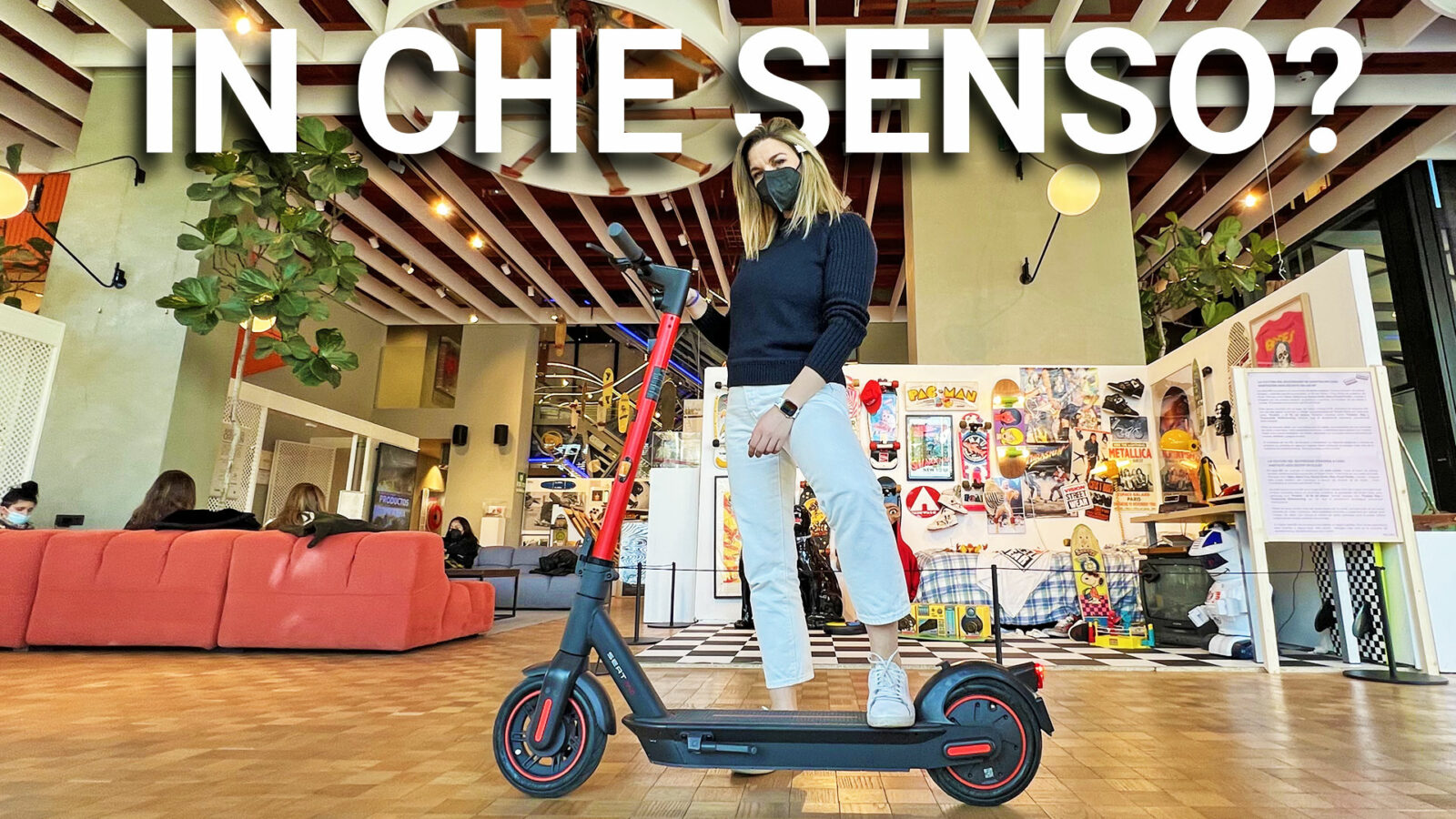
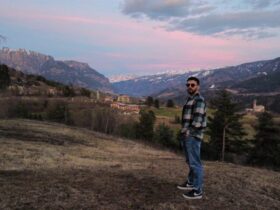

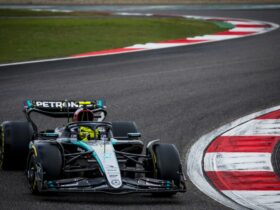




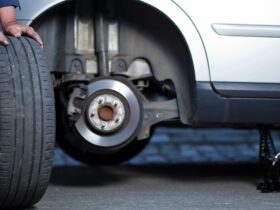
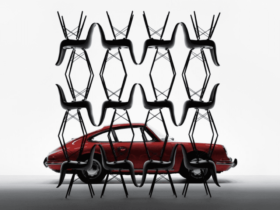
Leave a Reply
View Comments